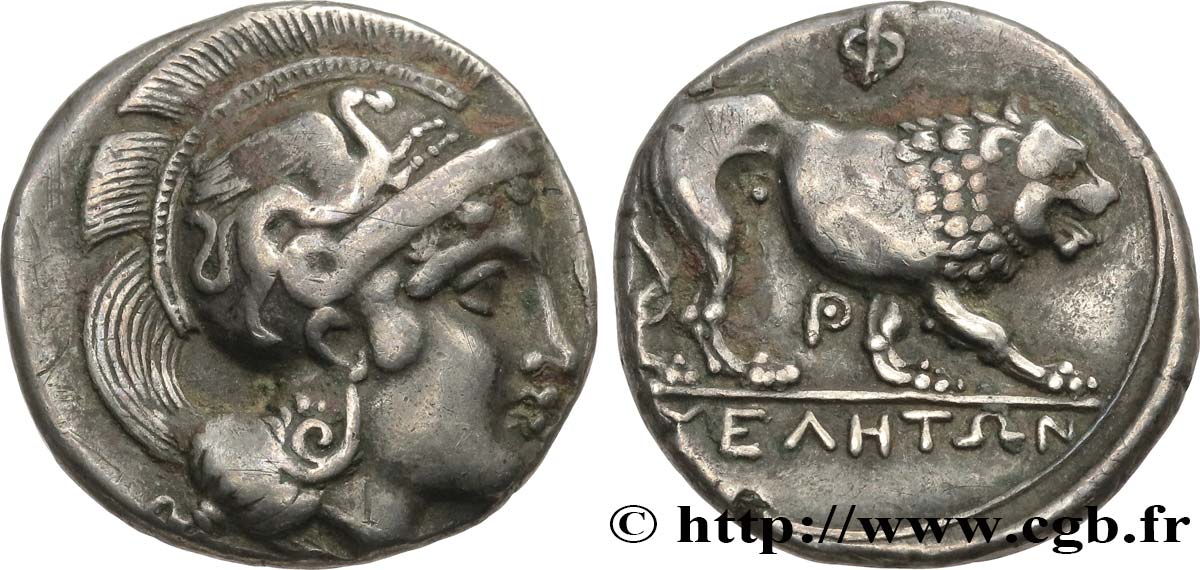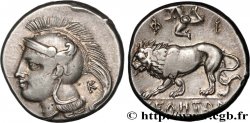Live auction - bgr_674289 - LUCANIA - VELIA Nomos, statère ou didrachme
You must signin and be an approved bidder to bid, LOGIN TO BID. Accounts are subject to approval and the approval process takes place within 48 hours. Do not wait until the day a sale closes to register. Clicking on "BID" constitutes acceptance of the terms of use of cgb.fr private live auctions.
Bids must be placed in whole Euro amounts only. The sale will start closing at the time stated on the item description; any bids received at the site after the closing time will not be executed. Transmission times may vary and bids could be rejected if you wait until the last second. For further information check the Live auction FAQ
All winning bids are subject to a 18% buyer’s fee.
All winning bids are subject to a 18% buyer’s fee.
| Estimate : | 600 € |
| Price : | 1 050 € |
| Maximum bid : | 1 100 € |
| End of the sale : | 07 December 2021 14:05:06 |
| bidders : | 7 bidders |
Type : Nomos, statère ou didrachme
Date: c. 340-334 AC.
Mint name / Town : Vélia, Lucanie
Metal : silver
Diameter : 21 mm
Orientation dies : 5 h.
Weight : 6,65 g.
Rarity : R1
Coments on the condition:
Bel exemplaire sur un flan court, centré des deux côtés. Très joli lion, bien venu à la frappe. Patine grise de collection
Catalogue references :
Predigree :
Exemplaire de la collection Aymé Cornu
Obverse
Obverse description : Tête d'Athéna à droite, coiffée du casque attique à cimier avec triple aigrette, orné d'un griffon.
Obverse legend : Q
Reverse
Reverse description : Lion passant à droite.
Reverse legend : UELHTWN/ F/ (RQ)
Commentary
Très tôt, le monnayage de Vélia a été décrit comme ayant inspiré la drachme lourde de Marseille (LT. 785-791). Certains l’ont même décrit comme un monnayage symmachique : un lion de Vélia étant l’équivalent de deux lions de Marseille. Aujourd’hui, cette théorie est remise en cause, par G. Depeyrot, non sans arguments, mais avec une certaine acrimonie. Le lion de Vélia a pu servir de modèle à celui de Marseille, mais à quelle date ? La frappe à Vélia commence dans la seconde moitié du Ve siècle avant J.-C. pour se poursuivre jusqu’en 281 avant J.-C. À quel moment les Massaliotes auraient-ils empruntés le lion de Vélia ?.








 Report a mistake
Report a mistake Print the page
Print the page Share my selection
Share my selection Ask a question
Ask a question Consign / sell
Consign / sell
 Full data
Full data










